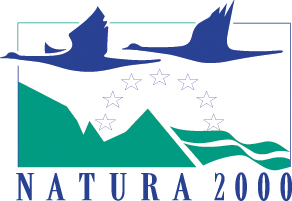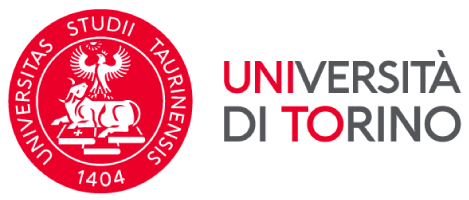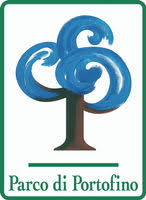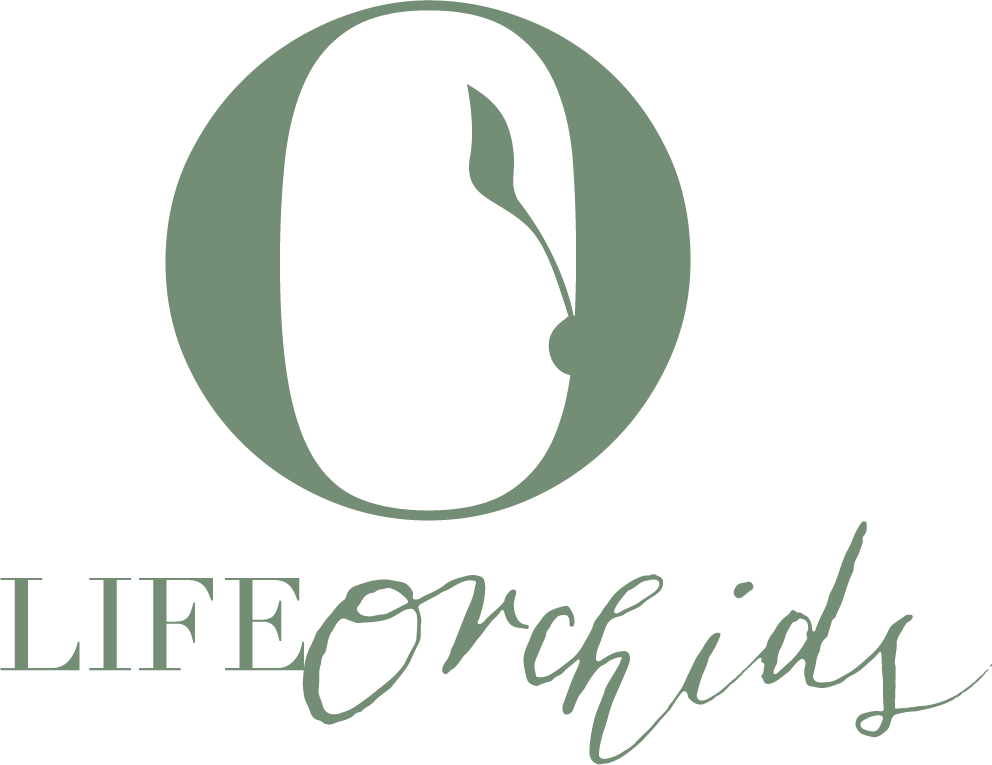The LIFEorchids project aims at counteracting the current decline, and the risk of extinction, of wild orchids typical of highly biodiverse grasslands, for which the richness in orchids in a key quality indicator. Project actions include: restoration and conservative management of this habitat, reinforcement of the populations of 9 orchid species, engagement of “orchid stewards” and exchange of practices and knowledge between Italy and the Czech Republic.
LIFE17 NAT/IT/000596
LIFEorchids
Improving the conservation status of critically endangered orchid
communities in selected habitats in Northwestern Italy
7
6
1
3
2
2
When
5 years
From 01/09/2018 to 31/08/2023
Where
Italy – Piedmont region and Liguria region
Czech Republic
Budget
Total cost 1.631.357 €
UE Cofunding 864.699 €
Expected results
- Reinforcement/reintroduction of 9 orchid species in the project areas
Establishment of 8 orchid micro-reserves: 4 in the Park of Po vercellese-alessandrino in Piedmont and 4 in the Park of Portofino in Liguria. - Outplanting of 3600 orchid seedlings (400 plants per species) within the OMRs, in order to obtain populations including at least 190 individuals per specie.
- Restoration of the orchid habitat in 100 and 1.9 ha of grasslands in Piedmont and Liguria, respectively.
- Purchase of 5.11 ha of the project area within the core zones in Piedmont, to be assigned definitively to orchid conservation.
- Establishment of 100 land stewardship agreements with local stakeholders
500 hectares under land stewardship agreements - Training courses organized in Italy, for at least 400 participants interested in orchid conservation.
The LIFE Programme and the Natura 2000 network
LIFEorchids is part of the LIFE programme and is run within the Natura 2000 network.
The LIFE programme is the EU’s funding instrument for the environment and climate action.
In particular, the LIFEorchids project falls within the “environment sub-programme”, funding nature conservation projects in particular in the areas of biodiversity, habitats and species, according to a mechanism of co-funding by the beneficiaries.
The Natura 2000 network offers a haven to Europe’s most valuable and threatened species and habitats.Covering over 18% of the 28 EU countries land area and almost 6% of their marine territory, Natura 2000 is the largest coordinated network of protected areas in the world.
The aim of the network is to ensure the long-term survival of Europe’s most threatened species and habitats, listed under both the Birds Directive and the Habitats Directive, that are valuable because endangered, rare, endemic or valuable examples of some typical features of one of the nine biogeographical regions of EU.
Grassland Orchids: plants and habitat at risk
The current global loss of biodiversity is unprecedented in the history of the planet. It is estimated that around one million animal and plant species (corresponding to 1/8 of the Earth’s biodiversity) will disappear, in the next decades, at a rate of hundreds to thousands of times higher than the natural extinction rate. The main cause of this unparalleled phenomenon is anthropic pressure, direct (human activities such as urbanization and intensive agriculture) or indirect (global climate change). Like all plants, orchids suffer the deleterious effects of these pressures.
In addition, however, orchids are particularly “demanding” plants due to their special biology and ecology: for their reproduction they depend not only on pollinators, but also on specific microscopic fungi, which are indispensable, in nature, for seed germination and orchid survival itself. As a consequence of this double and extreme dependence, orchids are considered to suffer a greater risk of extinction than other plants, as they are linked to other organisms (pollinators and fungi) that are in turn threatened by environmental changes.
In addition, high biodiverse grassland environments rich in orchids (habitat 6210* in the classification of European Union habitats), once widespread throughout Europe, are disappearing. Such kind of habitats are defined as semi-natural because their maintenance requires mowing or grazing activities now abandoned. In the absence of these traditional agro-pastoral activities, orchids are replaced by invading shrubby and arboreal plant species.
Target species
LIFEorchids conservation efforts focus in particular on nine Italian species, two of which are extremely rare:
- Orchis patens, a species occurring in Europe, in its typical form, only in a few spots the area surrounding Genoa.
- Himantoglossum adriaticum, species included in Annex II of the Habitats Directive (a list of animal and plant species whose protection is considered of primary importance in Europe).
In addition, seven other species have been included in the project (Ophrys apifera, Ophrys fuciflora, Ophrys bertolonii, Orchis antropophora, Himantoglossum robertianum = Barlia robertiana, Serapias neglecta, Anacamptis morio), which are less rare at the European and Italian level, but are undergoing a rapid depletion in the areas of interest of the project.
Around 230 species and subspecies have been reported in Italy (according to G.I.R.O.S, Italian Group for the Research on Spontaneous Orchids).
All spontaneous orchids are protected by national and international laws. The collection of any part of the plant is strictly prohibited.
In field intervention
The project involves field interventions in two Regional Parks of Northern Italy: the Regional Park of Po vercellese-alessandrino in Piedmont and the Regional Park of Portofino in Liguria.
The orchids thrive in seminatural grasslands when the development of trees and shrubs is prevented in such environments by the application of traditional rural practices. Within the two parks, restoration activities and the conservative management of the habitat will be undertaken, by mowing, removing of invasive species and of shrubs and trees.
However, when in nature the populations of orchids are reduced to few individuals, the protection of their habitat is not enough. Indeed, these small populations suffer a genetic depletion leading to development issues, reduced vitality and infertility.
Even if growing in their ideal habitat, therefore, they would be additionally helped by activities of reproduction in laboratory and subsequent out-planting in field. The specific objective of this intervention is to re-establish orchid populations with a sufficient size (in terms of number of individuals) to strengthen their gene pool, leading to healthier and self-sustaining communities.
The out-planting of the plants will take place within “micro-reserves”, that are protected areas used as natural “orchid nurseries” and that will be created in the two parks.
LIFEorchids in Czech Republic
LIFEorchids plans to develop protocols on orchid reintroduction and management that can be easily adopted by other protected areas. One of our explicit aims is to make the developed techniques available to managers of other orchid-rich grassland sites and other conservationists in order to encourage their adoption for reinforcing and/or reintroducing either the same protected species that are the object of this project or similar ones.
References
- Chobot K. (ed.) (2016) Druhy a přírodní stanoviště: hodnotící zprávy o stavu v České reublice 2013. Agentura ochrany přírody a krajiny ČR, Praha. ISBN 978-80-88076-20-9
- Chytry M. et al. (2015) The most species-rich plant communities in the Czech Republic and Slovakia (with new world records). Preslia 87 (3): 217-278
- Kull T. et al. (2016) Factors influencing IUCN threat levels to orchids across Europe on the basis of national red lists. Ecology and Evolution 6 (17): 6245-6265
- Kundrata M. and Hušková B. (2005) Sustaining rural landscapes and building civil society: experience from Central Europe. In: The Protected Landscape Approach: Linking Nature, Culture and Community, Jessica Brown, Nora Mitchell and Michael Beresford (eds), pagg. 131-146, IUCN – The World Conservation Union.









